HVAC INLINE ACCESSORIES
HVAC Inline Accessories
We provide high-quality self-manufactured components and a comprehensive selection of HVAC Inline Accessories.
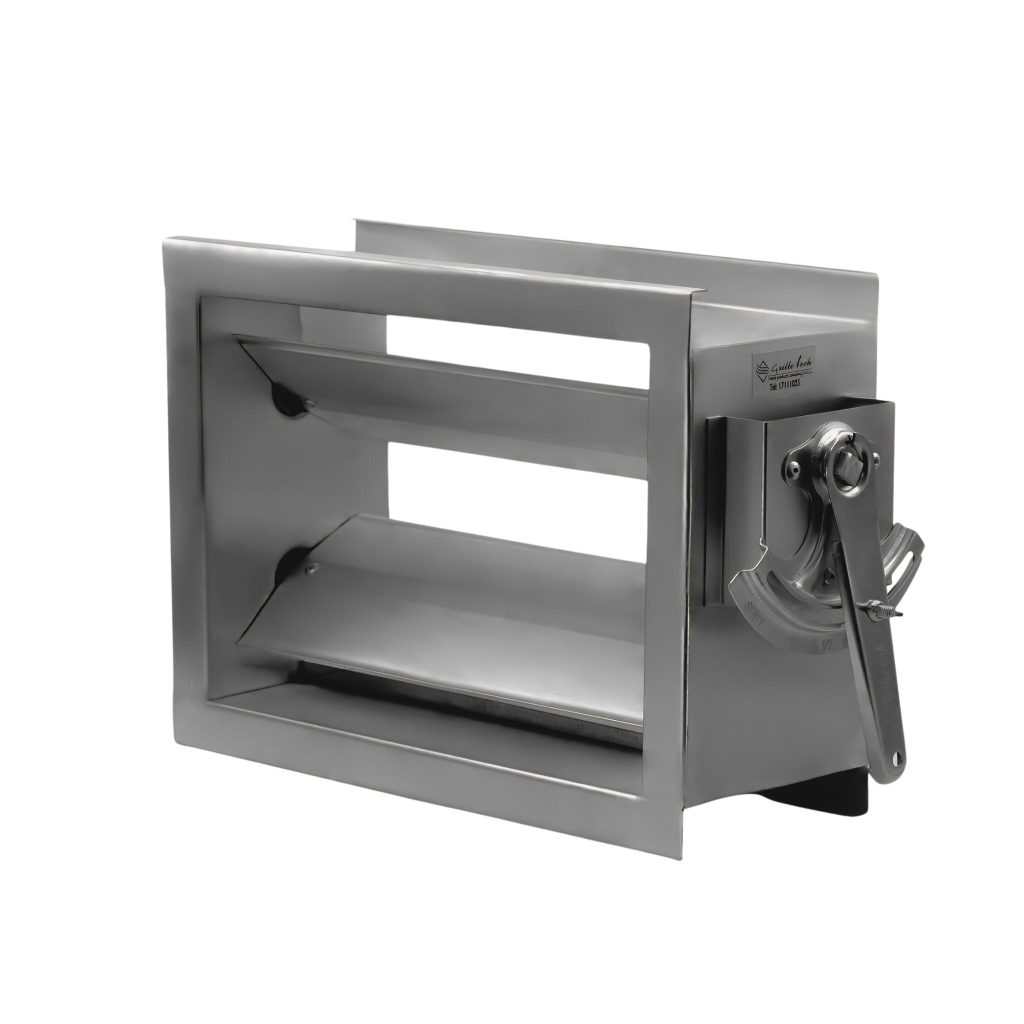
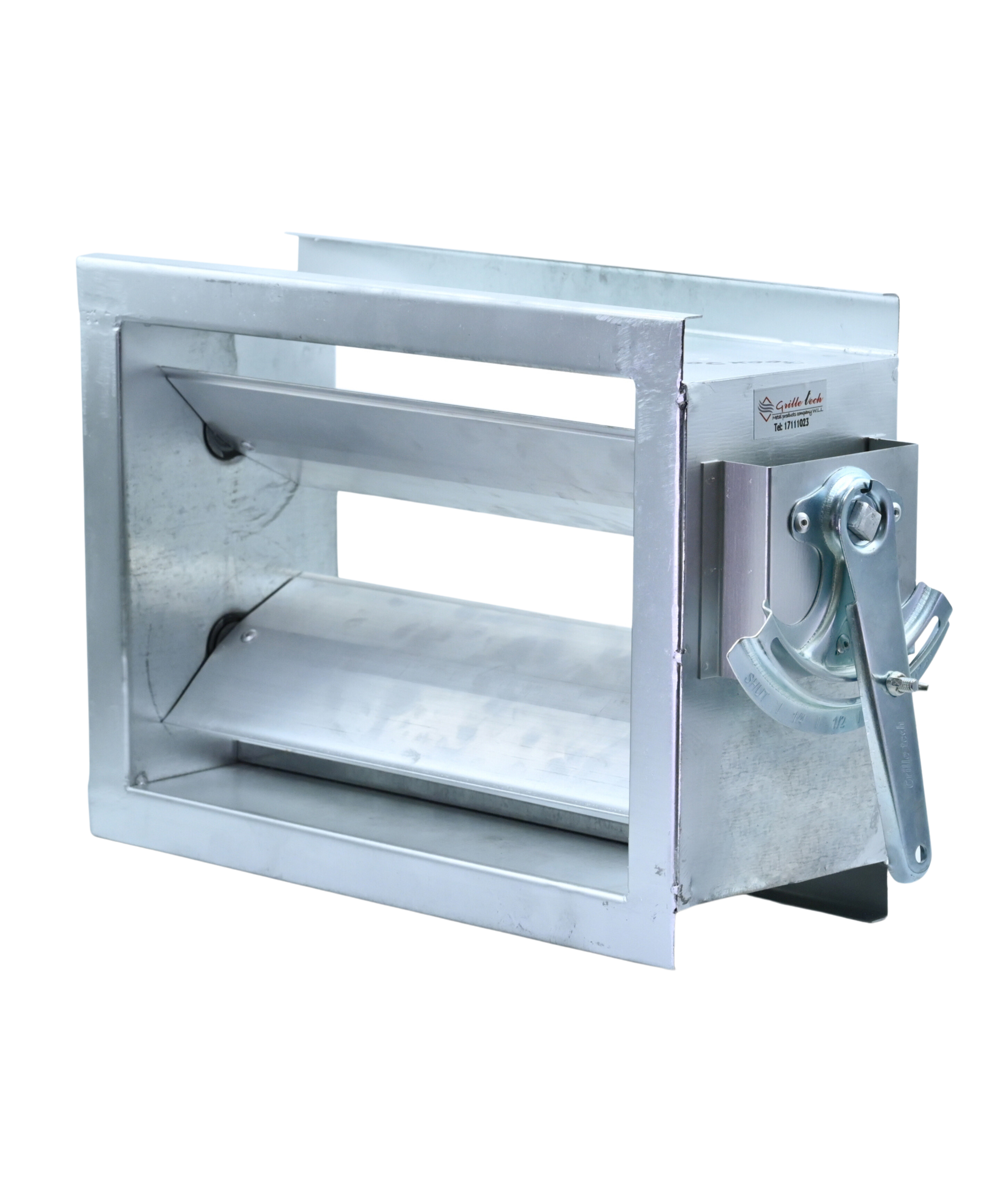
Volume Control Damper
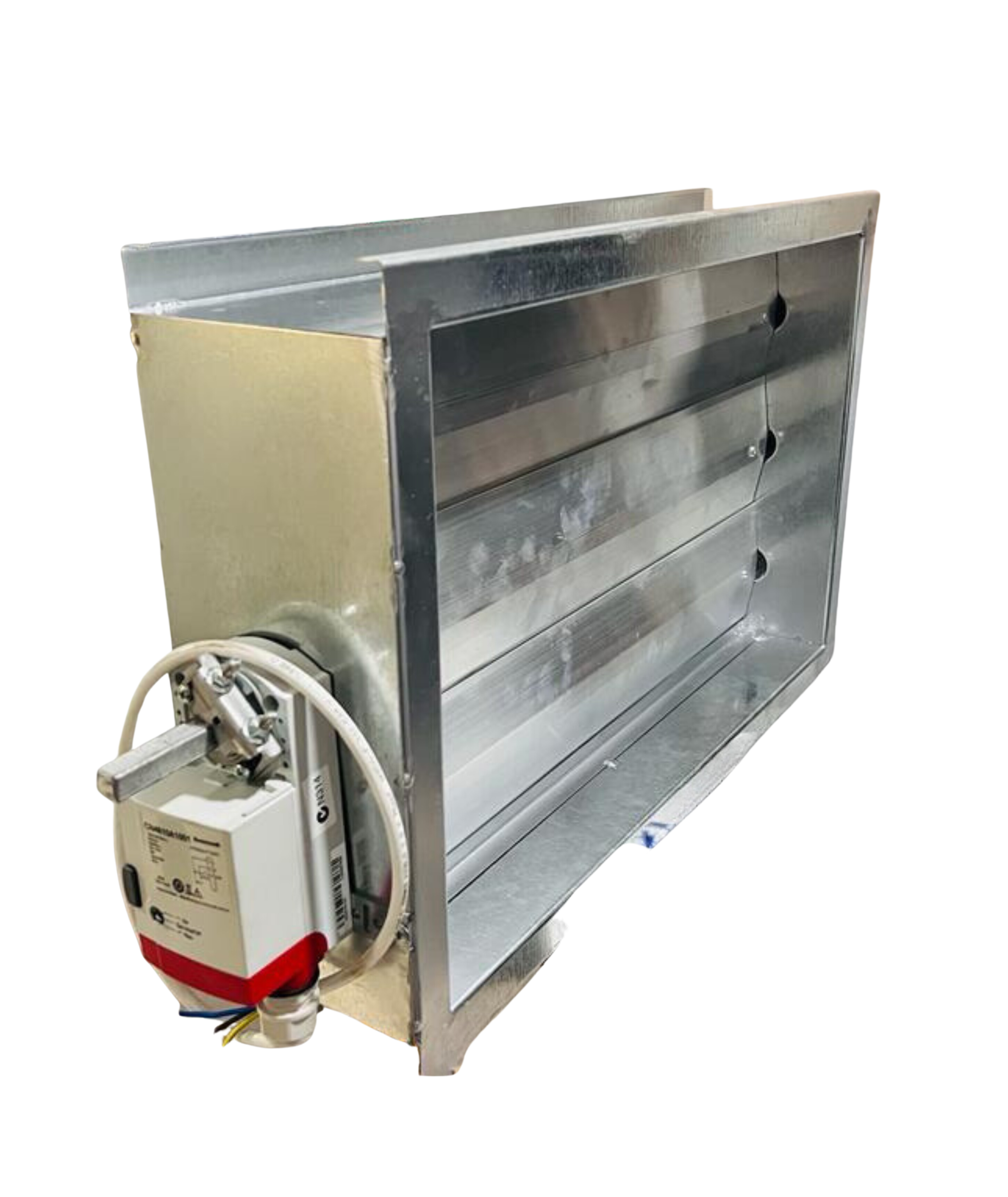
Motorized Volume Control Damper

Non-Return Damper/ Back Draft Damper
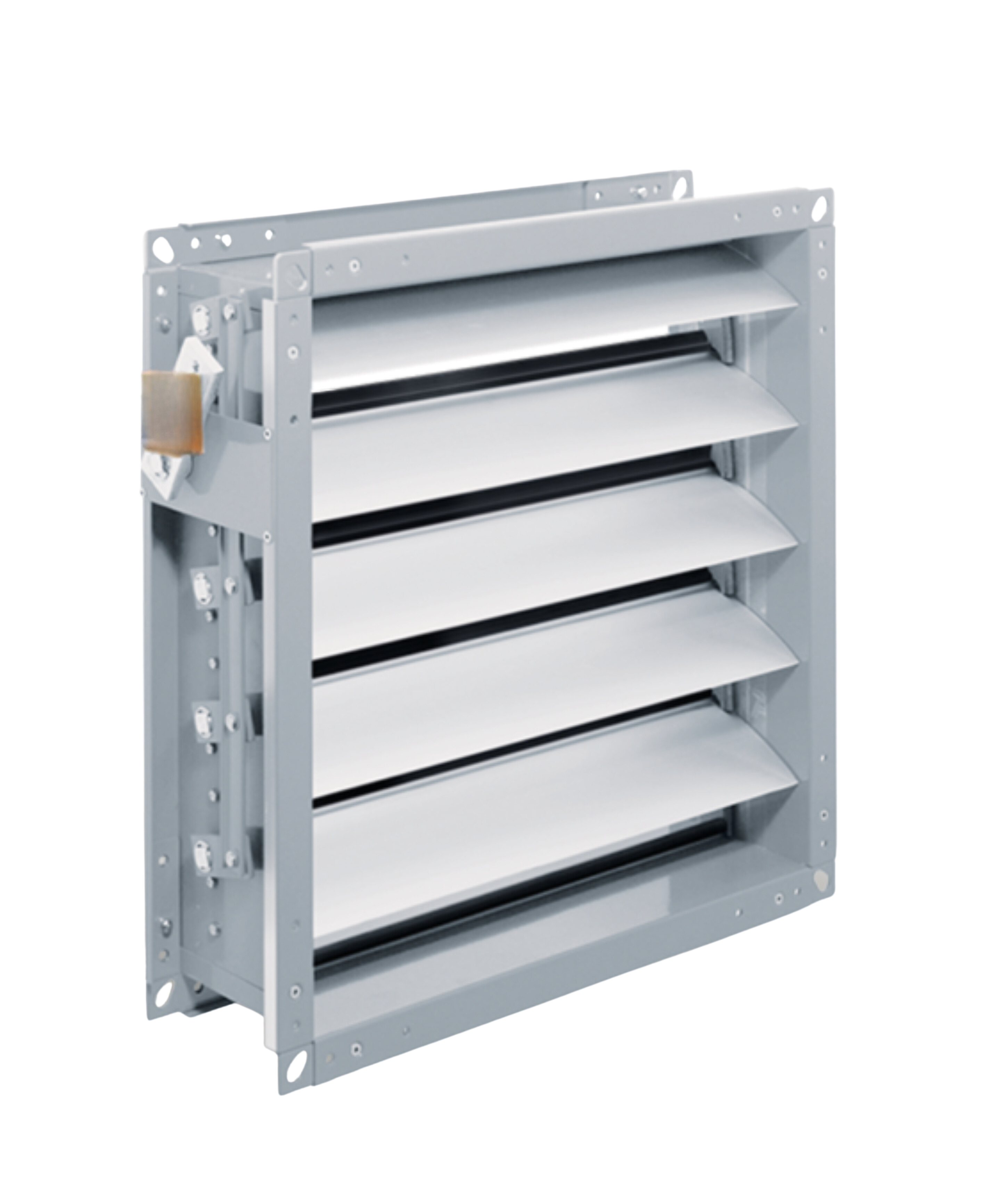
Pressure Relief
Damper
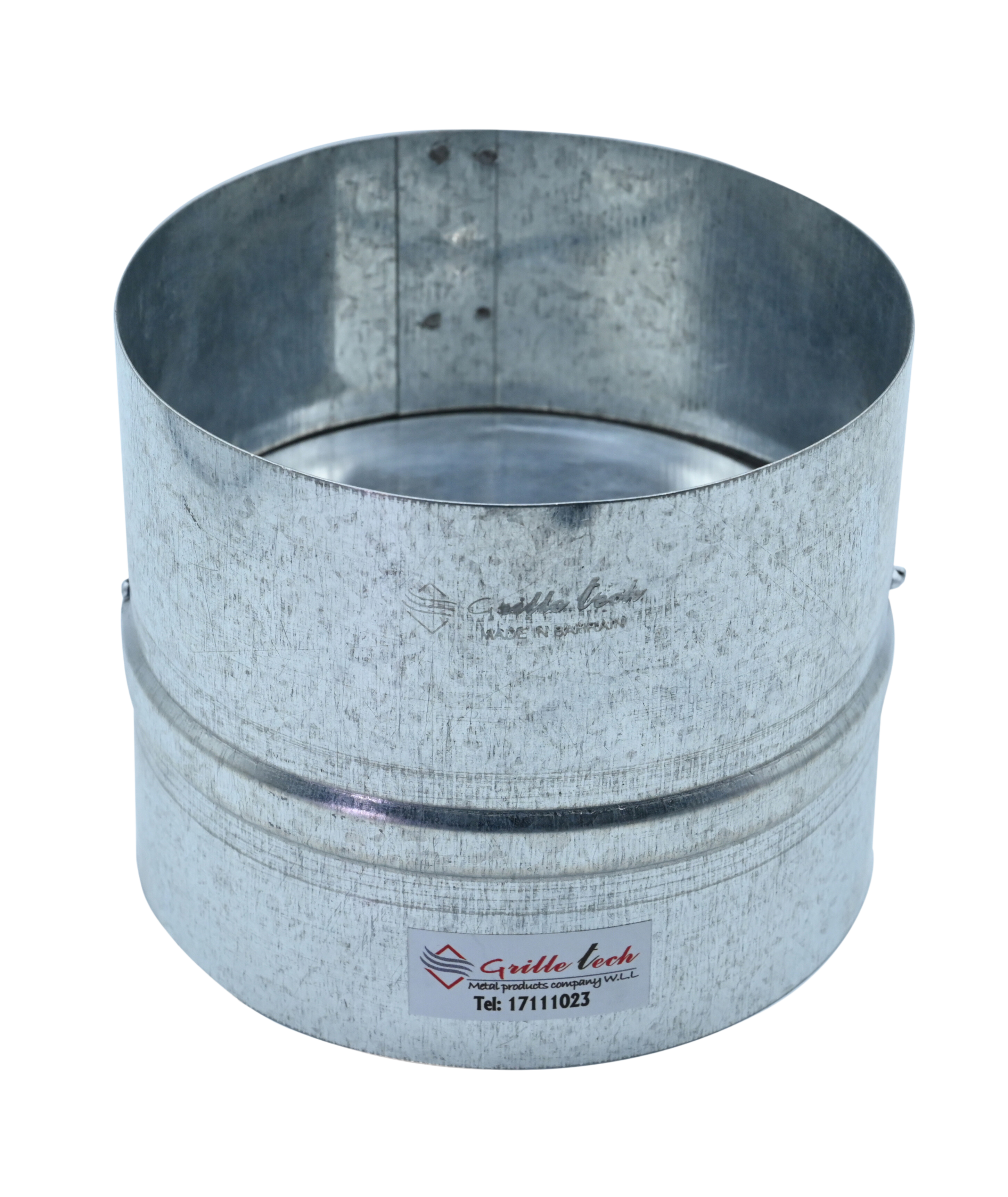
Butterfly/ Round Damper

Sound Attenuator

Access Door
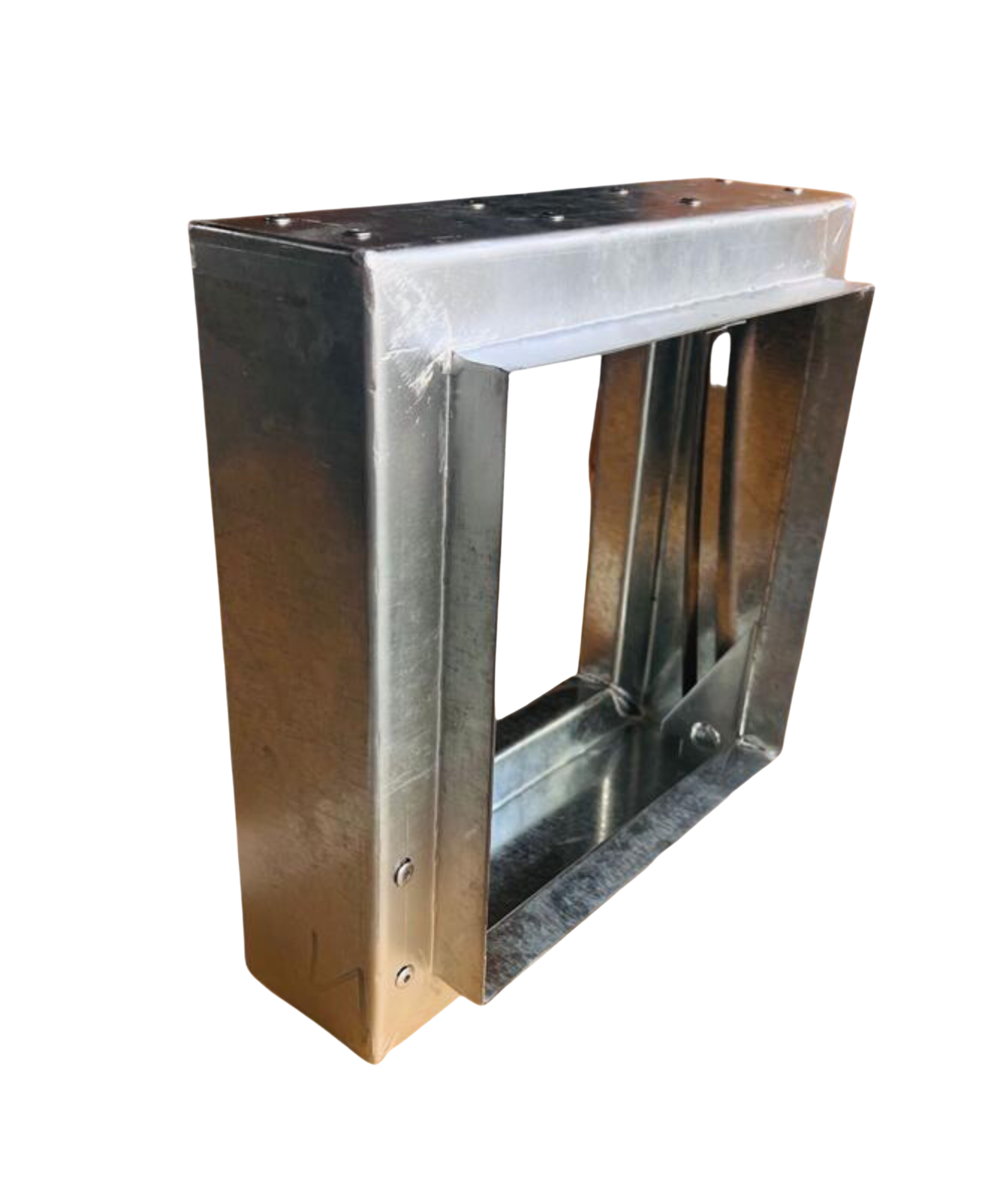
Fire Damper
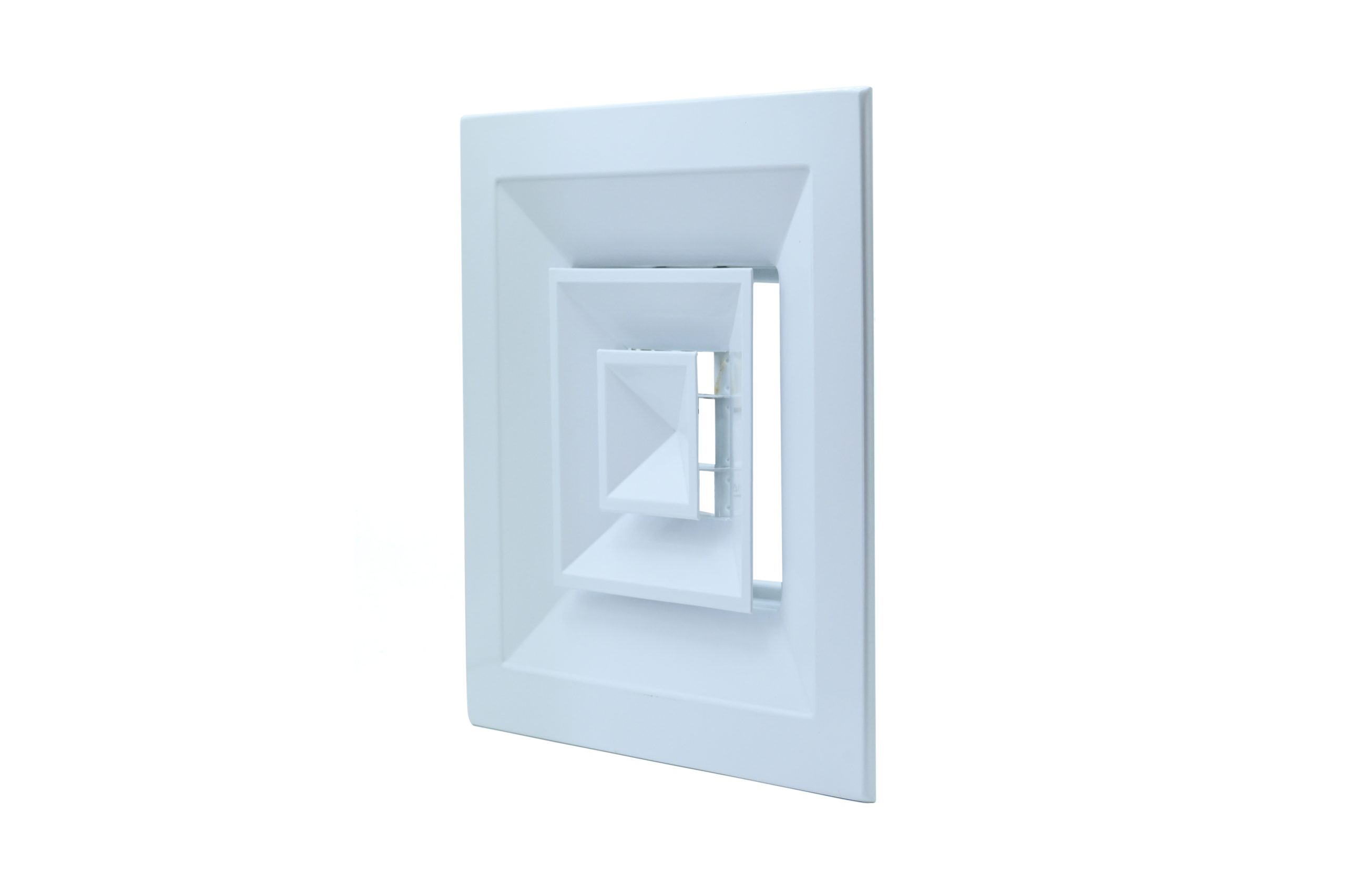
Item 1
Item 2
Item 2
Item 3
Item 3
title
Volume Control Damper

Volume Control Dampers are used to regulate the flow of air through the ductwork. These dampers can be manually adjusted by the handle provided, to control the volume of air flowing through the system. They consist of a rectangular or circular frame with a blade or damper that can be adjusted to control the flow of air. The frames are constructed in GI and blades are in extruded aluminum as standard. Other customized options are also available to suit the client requirement. Volume control dampers helps to balance the airflow to different zones or rooms within a building. By adjusting the position of the damper, the amount of air flowing through the duct can be increased or decreased as needed to maintain the desired temperature and airflow rate. The major advantage of volume control dampers is that they provide a simple and effective means of regulating airflow within a duct system, with minimum turbulence and pressure drop.
Motorized Volume Control Damper

Motorized Volume Control Dampers are similar to volume control dampers but are equipped with an electric motor that allows them to be remotely controlled. Motorized volume control dampers consist of a rectangular or circular frame with a blade or damper that can be adjusted to control the flow of air. The damper is typically operated by a motorized actuator that can be controlled remotely via a building automation system or control panel. The frames are constructed in GI and blades are in extruded aluminum as standard. Other customized options are also available to suit the client requirement. The major advantage of volume control dampers is that they provide a simple and effective means of regulating airflow within a duct system, with minimum turbulence and pressure drop, with the added convenience of remote control. Actuator motors can be provided in different types based on the size, purpose, and requirements of the client.
Non-Return Damper/ Back Draft Damper
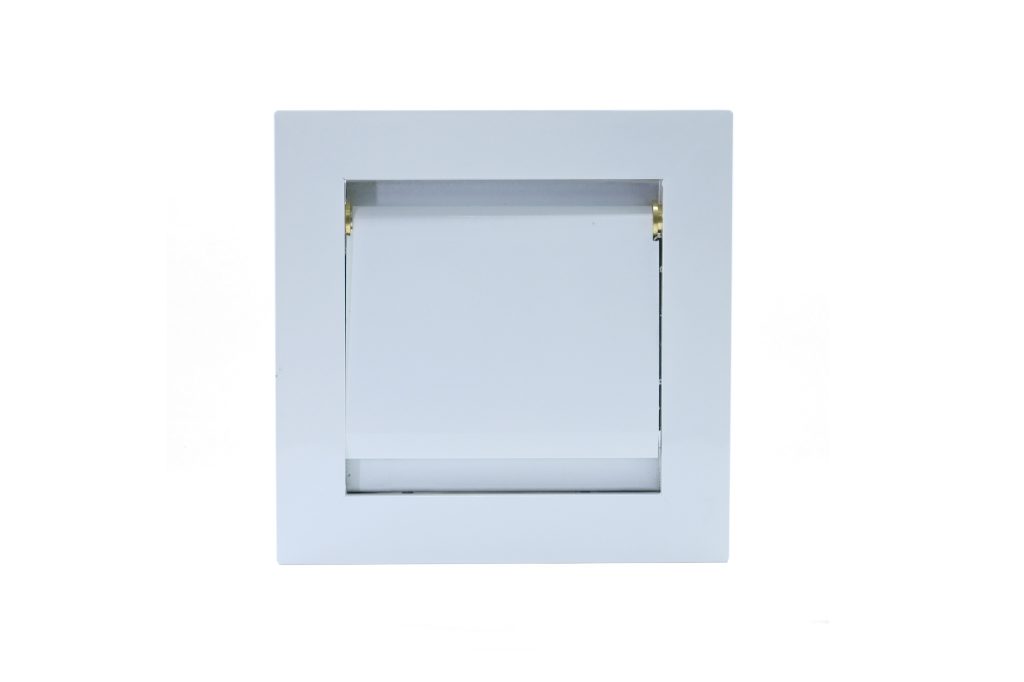
Non-Return Dampers also known as Back Draft Dampers are used to prevent the backflow of air in HVAC systems. They are typically installed in ductwork and are designed to allow airflow in only one direction. Non-return dampers consist of a blade that is hanged along one edge within a rectangular frame. Blades are designed and installed in the frame in such a way that they open when air flows in the intended direction and close when air flows in the opposite direction. This prevents air from flowing in the wrong direction, such as from exhaust ducts back into the building or from outside air intakes into the duct system. They can be easily installed in new or existing ductwork and are available in a range of sizes and configurations to suit different applications.
Pressure Relief Damper

As the name suggests Pressure relief dampers are used to regulate the pressure in HVAC systems. They are typically installed in ductwork or wall and are designed to release excess pressure to prevent damage to the system. An overpressure situation can occur when there is a sudden release of energy, such as in a fire, explosion, or severe weather event. When this happens, the PRD will open and release the pressure that has built up inside the building. This helps to prevent damage to the ducts, structure and contents of the building. The damper is opened and closed by a counterweight mechanism. When the duct is pressurized, the counterweight is lifted, which opens the damper. The weight of the counterweight closes the damper when the pressure in the duct is released.
Butterfly/ Round Damper

A Butterfly damper is also a type of Non-Return Damper in round shape which can be easily installed to a round duct or round collar. These are used to regulate the flow of air through HVAC systems. Butterfly dampers consist of two half circular blades loaded with a spring within a circular frame to open or close the airflow path. This allows the flow of air in only one direction and blocks the backflow of air thus maintaining indoor air quality and avoid unnecessary condensation.
Sound Attenuator

Sound Attenuators are used to reduce the noise generated by HVAC systems. These are normally installed in ductwork and are designed to absorb sound waves and reduce noise levels. Sound attenuators consist of a series of chambers filled with sound-absorbing material such as mineral wool. As air passes through the chambers, the sound energy is absorbed by the material, reducing the level of noise that is transmitted through the ductwork. Sound attenuators are typically used in HVAC systems where noise reduction is critical, such as in commercial and industrial buildings, hospitals, and recording studios. They are also commonly used in HVAC systems that use high velocity air handlers or where ductwork is located near occupied spaces. Sound attenuators are constructed in GI as standard, other custom options also can be made as per customer requirement.
Access Door

Access Doors or Inspection doors are used to provide access to HVAC systems for maintenance and repairs. These are installed in ductwork and are designed to be easily opened and closed. It can provide a convenient way of accessing ductwork for cleaning, inspection, and repair, helping to ensure that the HVAC system operates efficiently and effectively. The Access door can be manufactured with a fully detachable door (cam-lock type) or a door with side-mounted hinges (hinge type) depending on site conditions and customer requirements. It is manufactured in GI as standard, but can also be manufactured in aluminum, stainless steel or MS according to customer requirements. Overall Access Doors provide a reliable means of accessing ductwork, helping to ensure that the HVAC system operates efficiently and effectively.
Fire Damper

Fire Dampers are used to prevent the spread of fire through HVAC systems. These are typically installed inline with the ductwork, where duct passes through a fire wall or fire partition and are designed to close automatically when the temperature reaches a certain level. This prevents the spread of flames and smoke to other areas of the building. Fire dampers consist of interlocking blades that are attached to the frame with a fusible link. When a high temperature is reached, this fusible link melts and the blades close like a shutter. This prevents the spread of fire through the ductwork and helps to contain the fire within the area where it originated. They are constructed using Hot Dip galvanized steel, complying UL and NFPA standards.






